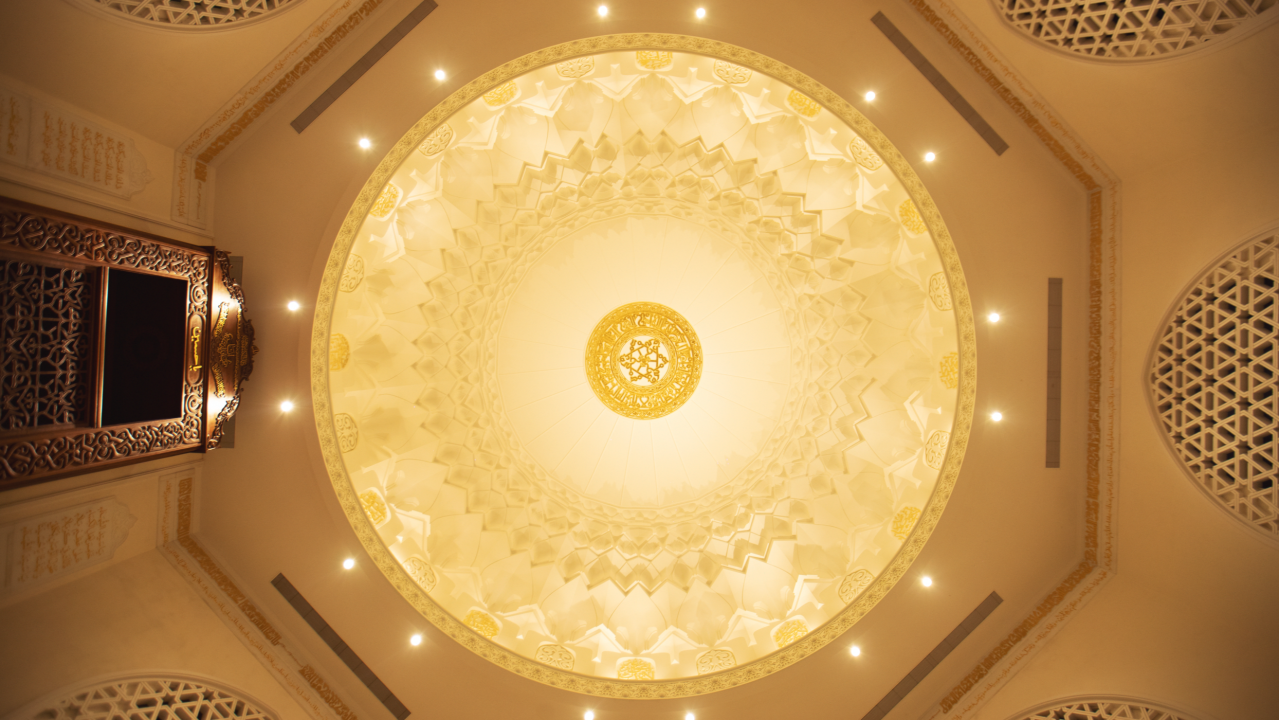The Connection Between Art and Architecture
Art and architecture, though distinct disciplines, have always shared a deep and intrinsic connection. Both are concerned with form, space, expression, and the human experience, and when brought together, they create environments that are not only functional but also deeply meaningful.
A Shared Language of Expression
At their core, art and architecture communicate through visual and spatial language. Line, proportion, rhythm, balance, and harmony are principles that govern both. Where art uses these elements to evoke emotion or convey ideas, architecture applies them to shape spaces that influence how people live, move, and interact. This shared vocabulary ensures that architecture is not reduced to mere utility, and art is not detached from lived experience.
Space as a Canvas
Architecture transforms space into a living canvas. Walls, ceilings, and surfaces are not just structural elements but carriers of visual and sensory impact. The interplay of light, shadow, color, and texture becomes a form of artistic composition, turning built environments into immersive experiences. Art elevates architecture beyond shelter, while architecture grounds art in tangible, inhabitable form.
Culture and Identity
Both art and architecture are reflections of cultural identity. They embody traditions, beliefs, and collective memory, ensuring that spaces resonate with the values of the society that creates them. Through this connection, architecture becomes more than construction, and art becomes more than decoration—it is the embodiment of human history and identity, embedded within the built environment.
Symbolism and Meaning
Art often speaks through symbolism, while architecture carries meaning through form, scale, and spatial organization. When these overlap, built environments transcend their physical presence to become symbols of aspiration, power, spirituality, or community. This symbolic dimension links the two fields, reminding us that both exist not only to serve practical purposes but also to express ideas and values.
Sensory Experience
Art engages the senses, and architecture provides the framework within which that engagement occurs. The experience of space—its openness, enclosure, materiality, and light—is inherently artistic. Together, they shape how individuals perceive and emotionally connect with their surroundings. This connection highlights that the aesthetic dimension of architecture is as vital as its functional one.
Innovation and Evolution
The relationship between art and architecture has always driven innovation. Artistic exploration inspires architects to push boundaries of form and expression, while architectural advancements give art new platforms and contexts. This continuous dialogue ensures that both disciplines remain dynamic, evolving with new ideas, technologies, and cultural shifts.
The Human Dimension
Ultimately, the connection between art and architecture lies in their shared purpose: to enhance human life. Architecture provides structure and utility, while art brings depth and emotion. Together, they create spaces that are not only efficient and safe but also inspiring and transformative.
The bond between art and architecture is not superficial; it is foundational. Both disciplines are united by a commitment to form, expression, and meaning. Architecture without art risks becoming purely functional, while art without architecture risks detachment from lived experience. Their connection ensures that the spaces we inhabit are not just structures, but environments that reflect who we are, how we feel, and what we aspire to become.




